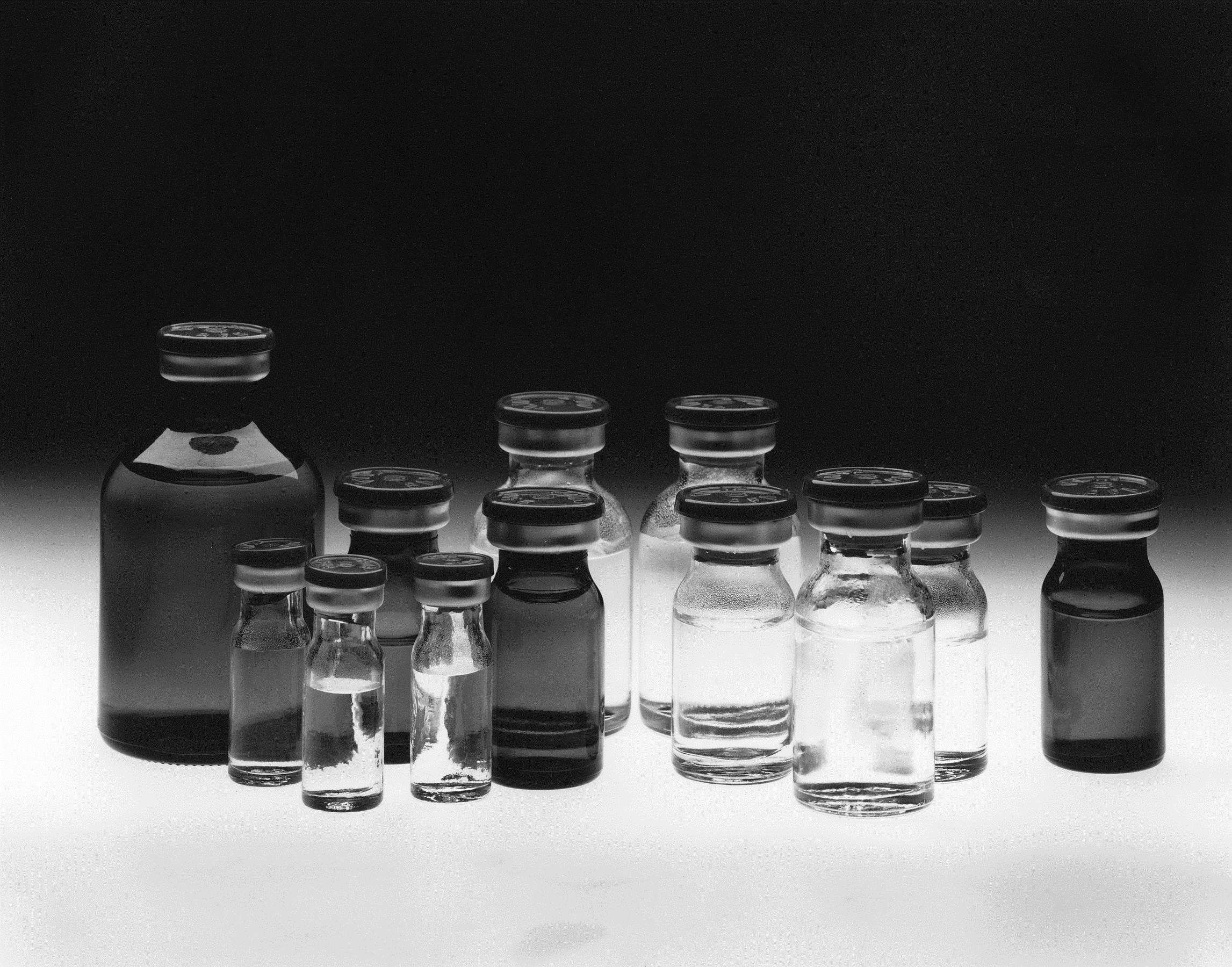
Survival of children with cancers has improved significantly over the past five decades, with an increase in the 5-year survival from less than half in the 1960s to more than 80% in the present era. Nonetheless, the use of chemotherapeutic agents, in particular anthracyclines, in the treatment of childhood cancers is associated with an increased risk of cardiac dysfunction in the long-term.
Previous studies have therefore focused on the monitoring of the heart function and identification of risk factors associated with abnormal heart function in the long term. There is, however, paucity of data on the function of blood vessels that form the other important component of the circulatory system of our body.

Recent large-scale epidemiological studies have shown not only an increased risk of heart failure in adult survivors of childhood cancers but also the occurrence of vascular events related to the heart and the brain. Importantly, the increased odds of developing cardiovascular and cerebrovascular events in relatively young adult survivors implicate the possibility of abnormal functioning of the arterial blood vessels.
Our study
The focus of our study was to determine the arterial structure and function in anthracycline-treated young adult survivors of childhood cancers. Furthermore, we determined the functional response of the arteries during exercise stress and identified factors associated with altered arterial structure and function. This study is clinically relevant as optimal performance of the heart depends not only on its intrinsic contractile and relaxation properties but also on its interaction with blood vessels.
We found that about one-third of the 96 young adult survivors of childhood cancers, when studied at a mean age of 25 years, had increased intima-media thickness of the carotid arteries compared with healthy age-matched subjects. Importantly, arterial intima-media thickness is regarded as a surrogate marker of atherosclerosis.

This finding has clinical significance given the long follow-up duration of 15 years of our survivors since their completion of therapy and that the majority (95%) of the survivors had not received head and neck irradiation, which is a known risk factor for vascular damage. Additionally, we found stiffening of the arteries in survivors and its augmentation during exercise stress. Augmentation of arterial stiffness during exercise possibly reflects underlying structural changes of the blood vessel wall.
Our findings have several clinical implications. First, stiffening of the arteries may potentiate development of cardiac dysfunction as the heart needs to pump against a greater resistance. Second, stiffening of the arteries is a harbinger of increased risk of hypertension. Third, our data reveal steeper slopes of increase in carotid intima-media thickness and augmentation of arterial stiffness during exercise with the age of survivors compared with those in healthy subjects, suggesting the possibility of premature vascular ageing in adult survivors of childhood cancers.
Looking to the future
The rapidly developing field of pediatric cardio-oncology would hopefully lead to the generation of evidence-based guidelines on cardiovascular surveillance of pediatric cancer patients. The findings of the present study suggest the need for longitudinal monitoring of not only the cardiac but also vascular toxicities of cancer therapy in children. Further prospective studies to explore the consequences of premature vascular aging and abnormal interaction between the arteries and the heart in this at risk population are warranted.
Comments